Table of Contents
What is crabgrass bad?
Digitaria can grow annually up to 12 – 20 inches on any type of soil in the spots where the lawn is not shadowed. The main problem is that one full-grown plant can produce up to 150.000 seeds which may remain in the soil for 2-3 years! This weed can completely destroy the healthy crops and plants from within.

The seeds can spread all over the whole plot and you may get the healthy lawn covered in Digitaria within a few days. However, it is possible to prevent such a scenario if to take measures before the active period of crabgrass’ seeding and flowering that occurs in early summer.
Major methods to remove crabgrass:
- Without chemicals – manual mowing and pulling crabgrass;
- Spot treatment with pre-emergent herbicides at early stages of weed growth, excluding lawns with healthy plants and grass;
Getting rid of crabgrass with chemical herbicides:
- It is better to remove crabgrass at the beginning of the spring season. If you wait longer, it will be much harder to get rid of the root system;
- Mow your lawn, when it still rains in spring;
- Buy fertilizer containing a crabgrass killer component. You can buy many of these substances at local gardening stores. Read the instructions before using it!
- Water the grass, then apply the fertilizer with herbicide components. The water will help the fertilizer to soak up while the weed germinates;
- Keep in mind that you can apply chemical herbicides to remove crabgrass. But you have to use them when the weed is already germinated, otherwise, the applied herbicide will simply soak into the soil. You have to make sure that the weed has already started to grow before using any chemical herbicide;
- Do not sow the lawn in spring if the weed grows in this area. The herbicide will also kill the young lawn grass. Sow the lawn in late summer or autumn;
Does the crabgrass die in winter? In most cases, it does. In early spring, when all crabgrass plants died during the winter, apply a pre-emergent herbicide that contains chemicals affecting the weed seeds on the lawn before they germinate. But, be careful – some herbicides products can kill not only the weed seeds, but all the seeds as well.
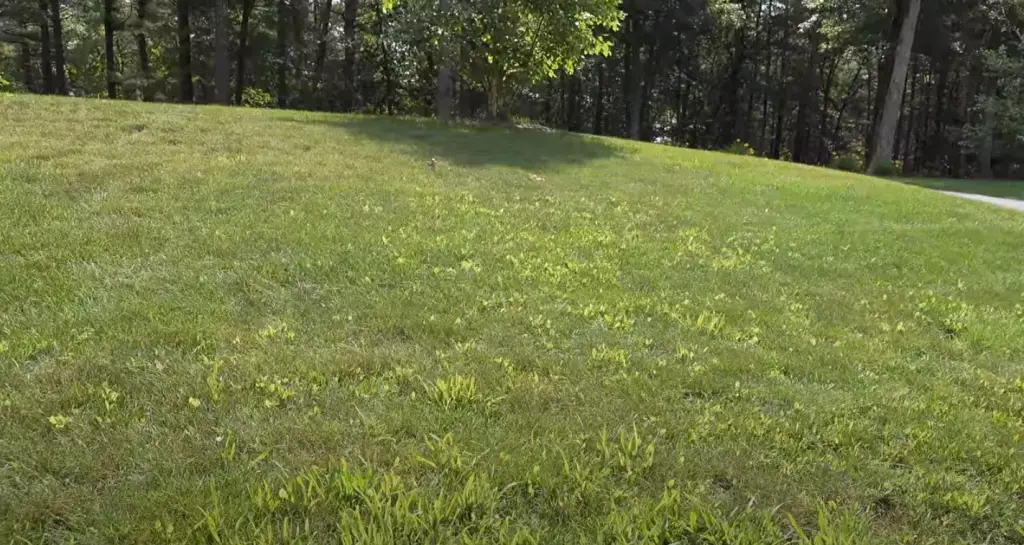
While a pre-emergent herbicide will help to get rid of the crabgrass problem directly, you can successfully minimize the weeds on your lawn by simply growing the densest, healthiest lawn. Small weed plants can’t take root on lawns where they will literally have no place to grow.
How to get rid of the crabgrass in winter and autumn? However, it is almost impossible to completely eliminate the winter weeds on lawns by using only a pre-emergent herbicide. This is when you should apply a post-emergent crabgrass killer:
- Spray a post-emergent herbicide as soon as the weed has fully grown. Spray lightly over these areas during spring and summer seasons;
- If the crabgrass turns brown, this is the effect of the herbicide. If the rest of healthy grass turns brown, water the lawn immediately;
Tips for mowing to remove crabgrass:
- Set up the lawnmower for 1/3 of the full length of the blade. This option stimulates further growth of the lawn grass;
- If you have mowing problems with the full-grown crabgrass plants, leave higher lawn grass than you usually. Long and thick lawn grass will keep the sunshine from crabgrass and decrease their natural growth;
A step-by-step guide to remove crabgrass from the lawn:
Crabgrass is an annual problem in many lawns, which is spread through multiple seeds. This common weed can invade the whole lawn, especially if it takes up most of it. However, you can hardly get rid of crabgrass completely, if you take care of your lawn in a patient and healthy way:
1) Pull out the weeds manually as soon as they start to appear. Use a grape hoe or any similar gardening tool.
2) Take care of the weeds before the seeds appear, otherwise, the seeds will spread. It is a good idea to make a habit of checking the lawn after each week when watering. It is easier to pull the crabgrass out of damp soil.
3) Dispose of the weeds in a trashcan or burn them, but never compost them. This method of elimination will help to avoid spreading the seeds;
4) Cover the weed with boiling water. Do it thoroughly and carefully. If the boiling water gets on other plants, they will die too. This is an effective crabgrass control method that has to be repeated occasionally;
5) Consider sewing gluten grain flour in the soil after getting rid of crabgrass without chemicals. This will interfere with the development of the root system of weeds. Gluten should be sown in the first months of spring because it must dry out between weekly irrigations (small roots of crabgrass need moisture for their development);

Tips for the gardeners who need to get rid of crabgrass:
- There are no special herbicides to get rid of crabgrass. Gardeners prefer to remove crabgrass without the use of chemicals at all if the soil is good enough to support a healthy and herbicide-free lawn. Proper mowing of the lawn can help to prevent the growth of crabgrass;
- One of the key tips for the gardeners who live in a dry climate – water the lawn deeper but not very often to prevent the occurrence of different weeds, including crabgrass;
- Pull out the weed with the roots and throw it in the kitchen waste, which will reduce the number of re-occurring plants. Remember that this weed has a common root system, so removing it with its roots reduces the risk of further spreading.
Homemade crabgrass killer
If crabgrass appears on the lawn, you can just pull it out. But if you want to get rid of it on the soil without any vegetation, the best way to destroy it is to plant a lawn grass. Perennial ryegrass would serve perfectly for this purpose.
Treat the weed with this natural crabgrass killer:
- Dilute 3% hydrogen peroxide in 17 oz. of water. Spray all over the lawn;
- This solution can fully cover about 95 sq. ft. of the lawn;
- The ideal time for such a treatment is spring when the weed is still very weak;
Getting rid of crabgrass without chemicals but with… newspapers!
Try getting rid of the weed that grows between the plants. You can smother the crabgrass with a newspaper layer on the lawn without damaging useful plants. Keep in mind that the newspaper layer must be very thick – about 10 sheets.

Overlap these sheets by a few inches with the next stack for each row. Every next row must be overlapped with the first row – basically, overlapping occurs in up and down, left to right directions. Apply this method to remove the crabgrass on seedbeds. Never overlap with newspapers on the solid lawn!
Effective methods to prevent crabgrass growth after elimination
Being a quite “stubborn” weed, crabgrass can reoccur in the same lawn repeatedly after a year since the treatment. To prevent its recurrence, you may follow such steps to get rid of crabgrass:
- At frequent intervals, mow the lawn grass. Cut the lawn grass at the highest recommended settings. Since this weed needs plenty of sunshine and light to grow, make sure the lawn grass is thick and long to have natural shadows near the soil.
- Never cut the lawn grass too close to the soil. It is recommended to remove no more than one-third of the grass when using a lawnmower. Otherwise, you can stimulate the growth of weeds and injuries to the healthy grass;
- Water the lawn in long but heavy intervals. Shallow and frequent watering won’t promote deeper root growth. But heavy and irregular watering is essential for healthier turfgrass. Expert gardeners advise watering the lawn once per week, with one inch of water – whether from irrigation or rain. The newly seed lawns need shallow and frequent intervals of watering. The crabgrass feels great in hot, dry conditions, as opposed to normal grass types. If you use a sprinkler system, set it up for the irrigation every 3 days (on hot days) or once a week at the depth of 4 – 6 inches.
- Don’t forget to fertilize the lawn grass annually. Just follow the manufacturer’s instructions; It is best to use granular fertilizer. You can also consider fertilizing the lawn with organic fertilizers such as compost or algae;
- Mulch the lawn after removing the weed. Fill in all the blanks where the Digitaria was. You don’t have to remove the cuttings, it will help to return nutrients to the soil, save you extra work and save on fertilizer around 30℅. Mulching will keep the roots of the weed from germinating again.
Final thoughts
To remove crabgrass successfully from the lawn or your backyard, you follow such methods:
- Heavy and rare watering (unless the lawn grass has recently grown);
- High lawn trimming places a barrier for all types of weeds – just place the blades of a lawnmower a few inches higher;
- Old-fashioned manual mowing before watering the lawn;
- The selective use of pre-emergent crabgrass killers if none of the above methods helps;
Crabgrass is a very dangerous weed that can pollute the healthy lawn within a few weeks if not days. Make sure to take precautionary measures before it is too late to remove the weed.

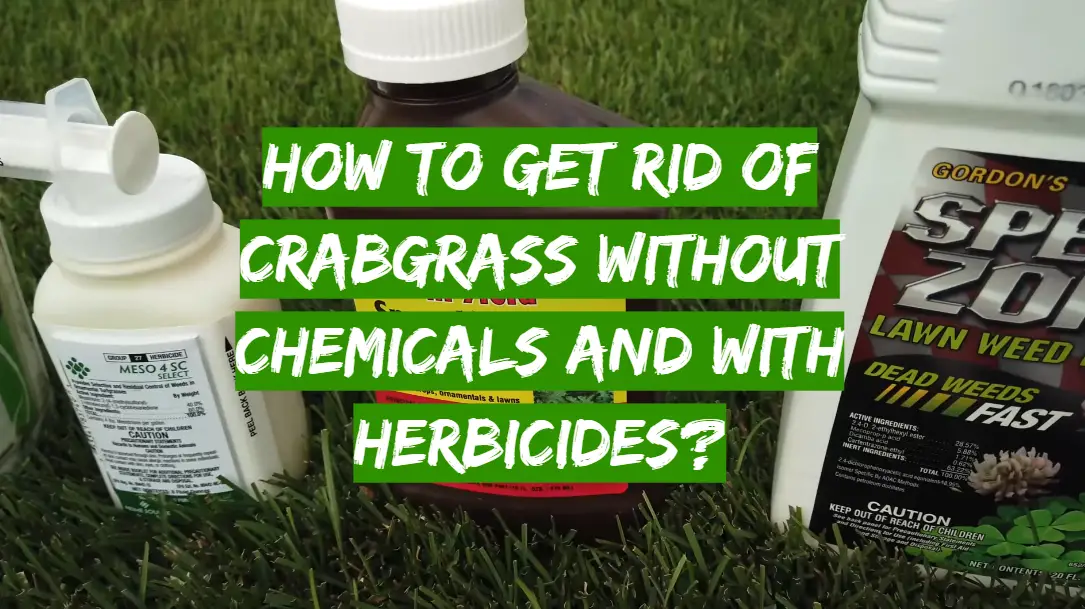


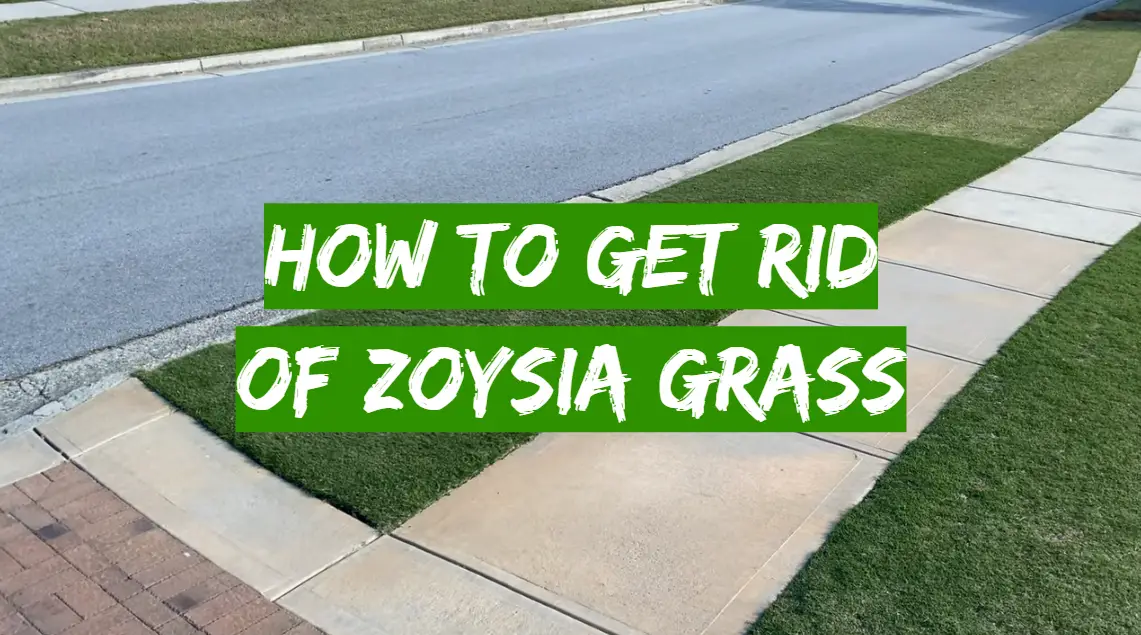
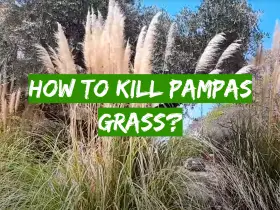
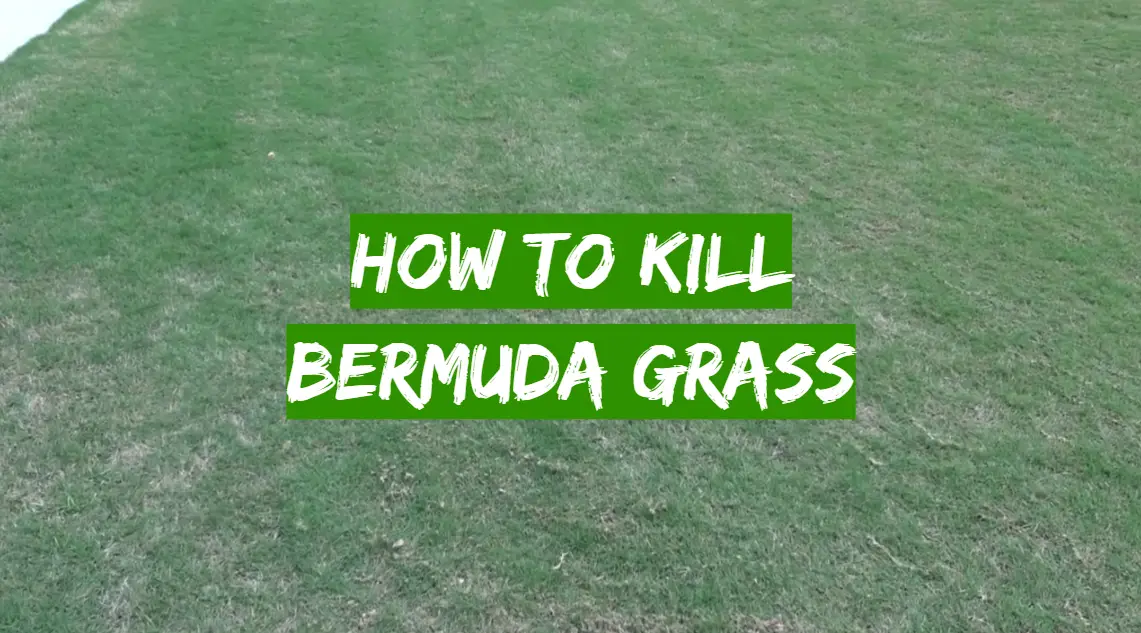
I am so happy that you have a solution to getting rid of crabgrass without chemicals. I have a large garden in my backyard and I can’t put any chemicals back there.